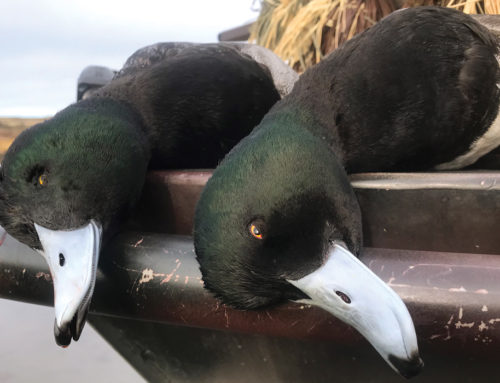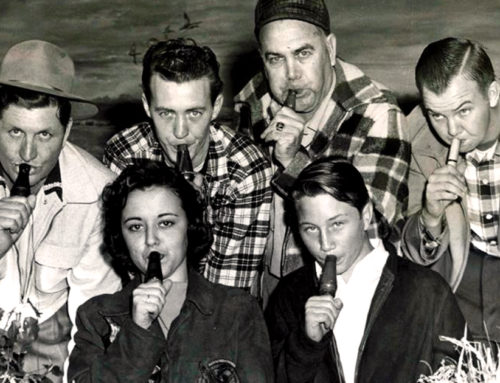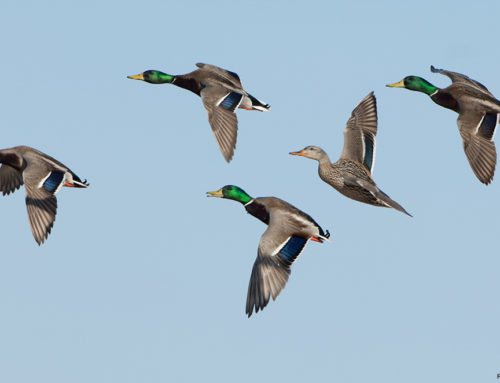Saskatchewan Geese

Hunt Honkers, Snows and Specks Over Cut Grain
Paul Wait, Editor/Publisher
While many regions and locales lay claim to being the “goose capital of the world,” the Saskatchewan prairie is unquestionably a gander hunter’s paradise.
 As soon as the combines start to swath massive fields of wheat and barley in late summer, geese congregate to gorge themselves in preparation for southward migration. The Saskatchewan prairie attracts every major species — giant Canada geese, cackling geese, white-fronted geese, lesser snow geese and Ross’s geese — in impressive numbers. And “impressive” might be understating it.
As soon as the combines start to swath massive fields of wheat and barley in late summer, geese congregate to gorge themselves in preparation for southward migration. The Saskatchewan prairie attracts every major species — giant Canada geese, cackling geese, white-fronted geese, lesser snow geese and Ross’s geese — in impressive numbers. And “impressive” might be understating it.
During a mid-October outing with Matthew Cagle of Rig’Em Right Waterfowl near Yorkton, choosing a field for the next morning’s hunt proved tough. Almost every field we surveyed was teeming with huntable numbers of Canada geese. It really was an embarrassment of waterfowl riches.
We settled on a barley field after putting to bed a few thousand geese and an untold number of ducks. The next morning, I lay in witness to an incredible spectacle of swirling geese and ducks.
A month earlier, near Saskatoon, while hunting with members of Hard Core, we found a field with 500 light geese while we scouted for Canada geese. As it turned out, our decoy spread attracted the expected company, and bonus small flocks of Canada geese worked, too. The hunt turned into a highlight reel outing that ended in a heavy mixed bag of snow geese, Ross’s geese, Canada geese and mallards.
Goose hunting opens early in Saskatchewan, Sept. 1 in both the District 1 (north) and District 2 (south) for residents of Canada, and Sept. 10 in District 2 for nonresidents.
Limits are liberal. Hunters are allowed eight dark geese daily, which can include five white-fronted geese. The possession limit is 24, of which 15 can be whitefronts. The daily light goose limit is 20, with no possession limit. Combined with a daily limit of eight ducks, Saskatchewan hunters set up in a hot field can experience incredible gunning.
Goose season remains open into December, but the peak period is usually the final week of September through mid to late October on the Saskatchewan prairie. Fall weather variations can certainly alter the timing of staging and migration, but as long as roost water stays open and waste grain uncovered by snow, the geese — a lot of them — will be there to hunt.
(photo credit) Paul Wait/Delta Waterfowl






Great article on the stellar waterfowl hunting in Saskatchewan!
As a life long hunter & a 16 year veteran Saskatchewan Waterfowl Outfitter, http://WWW.HIGHLANDOUTFITTERS.COM
hunting in my zones through the heart of the migration flyway has been nothing short of spectacular. Thank you Delta Waterfowl for all your dedication to the sustainability & promotion of Canadian prairie waterfowl hunting.